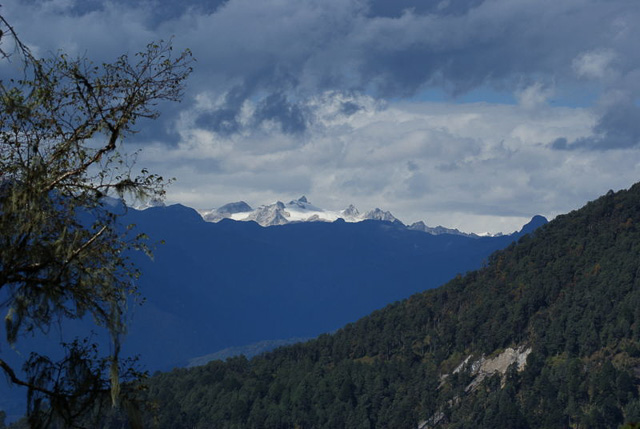About
Top Experiences
Type of Journey
Subscribe to newsletter and stay updated
Read about our travel expeditions, new destinations, new pictures, latest trip schedules
Have you been busy with your fast-paced life lately? Thinking of spending some time amidst nature? Phobjikha valley in Bhutan is the place for you that presents nature at its best with some breathtaking views and scenic splendor. Apart from its cultural uniqueness and scenic beauty, it is rich in faunal biodiversity. Start your road trip from Paro International Airport to the valley and visit the famous Gangte Monastery on the hilltop for a mesmerizing view of the valley.
OVERVIEW
Location: Bhutan
Nearest Airport: Thimphu
How to reach: 5 hours from Paro airport by road
Famous for: Natural views
Gangte Goemba monastery
Best time to visit: All year round
WHAT TO SEE
Black Necked Crane Information Center, Kuenzang Chholing Shedra, Kumbhu Lhakhan, Nyelung Dechenling, Khewang Lhakhang, Wangmo Hand-Woven Carpet Factory, Gangtey Nature Trails and Hikes
From mountains, wildlife sanctuaries to carved monasteries, a visit to Phobjikha Valley is all about serene tranquility
Natural landscapes and beauty
The U-shaped valley surrounded by irregularly formed black mountains and the rivers flowing will offer you a kaleidoscope of serene views and lush greens which will refresh your soul for sure. Gasp at the panoramic valley and experience the silence around and all you could hear is the sound of the birds, gushing water, and prayer flags fluttering with the wind. Witness the snow-peaked mountains and endless green stretches with a soothing fresh breeze touching your face. Sigh!
Gangtey Goemba Monastery
The Gangte Goemba Monastery situated on the crest of a hill offers a majestic overlooking view of Phobjikha Valley. Established in the 17th century, it is recognized as one of the oldest monasteries in Bhutan. The head lama is the ninth incarnation of a 14th-century saint, Pema-Lingpa. The monastery complex consists of a prayer room, central Gompa, monk quarters, which are inhabited by them during summers, a butter lamp house, and a meditation center. The Gangte monastery is a sight to behold with its artistic sculptures and the large, intricate wooden pillars that support the monastery firmly. You can also plan a stay in Phobjikha Valley Tented Camp and make it one of your heavenly lifetime experiences.

Other attractions to see around Phobjikha Valley
While you are visiting the valley, you must explore around to make the most of your trip. There are several other attractions to see in and around the valley:
Black Necked Crane Information Center – anyone who has a keen interest in birds can visit the centre to know the history and enjoy spotting a bird or two from the observation room.
Kuenzang Chholing Shedra – a Buddhist school educating around 300 monks on Buddhism. You must inform them about your visit in advance.
Kumbhu Lhakhan – follow the particular clothing etiquette when you visit this place. It has a chapel and a meditation center.
Nyelung Dechenling – visit the temple for some fascinating historic tales by the monks. You might be lucky to get blessed by the monks with the religious picture called Thangka.
Khewang Lhakhang – visit the Tibetan sculpture to see the past, present and future statues of Buddha.
Wangmo Hand-Woven Carpet Factory – if you want to take some intricate designs of handwoven carpets with you, this site is a must-visit.
Gangtey Nature Trails and Hikes – Go to a trial if you are interested in hiking and bird-watching. The 90-minute trail culminating at Khewang Lhakhang is the easiest option.
The rich flora and fauna in Phobjikha Valley
The valley is an ideal place for wildlife enthusiasts and bird-watchers. This wonderful valley in Bhutan, bordering the Jigme Singye Wangchuck National Park is known as the most important wildlife preserves in Bhutan with the rare abundance of flora and fauna. A wide range of wild animals can be explored such as Himalayan black bear, sambar, muntjacs (barking deer), wild boars, Himalayan serow, foxes and leopards. The valley is a winter home to black-necked cranes that can be spotted from October-February. The valley witnessed the growth of a special dwarf bamboo, maple, birch, tree species of blue pine and species of rhododendrons that make up much of the flora around the valley. Potatoes and turnips are grown as the cash crop in the valley.